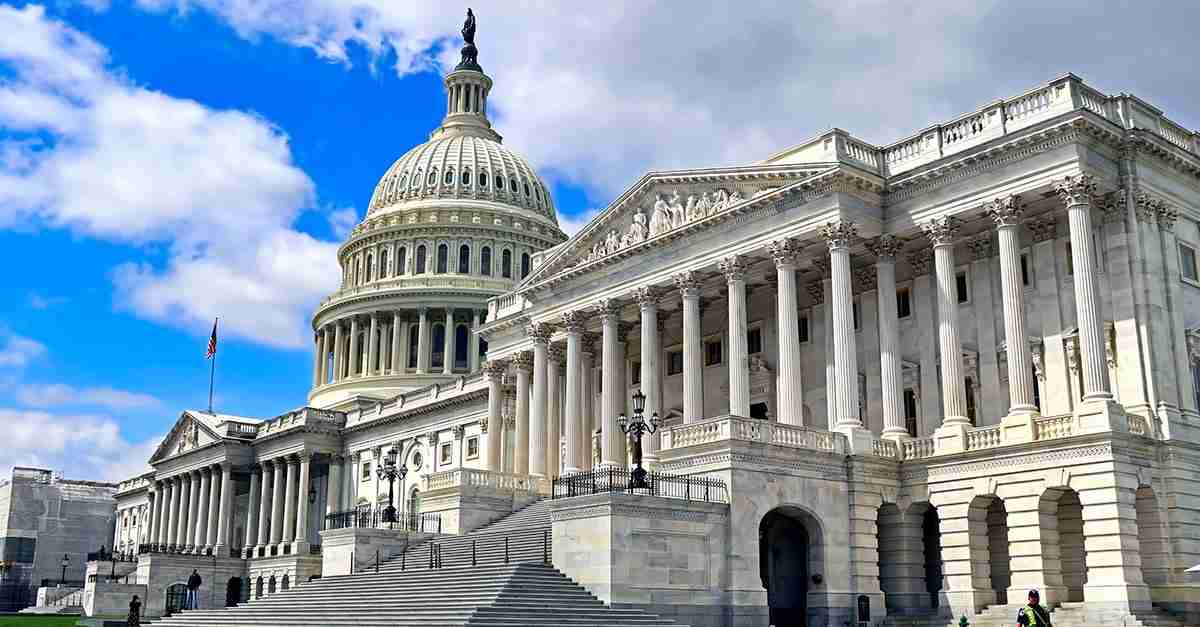Since 2021, the U.S. Congress has passed, and President Biden has signed, three pieces of legislation representing a historic level of investment into infrastructure, technology, and energy transition. The Bipartisan Infrastructure Law (BIL), the Inflation Reduction Act (IRA), and the CHIPS & Science Act, offer resources totaling nearly $2 trillion in competitive public dollars, tax incentives, and grants. Businesses able to access these resources stand to gain significant competitive advantage.
This investment has drawn significant interest across sectors, but the bills are still relatively new. Work by government agencies to issue guidance on implementing their provisions, determining eligibility, or unlocking competitive funds is ongoing.
This article will focus on the first two pieces of legislation. We will provide a brief overview of the provisions outlined in the IRA and BIL, explore the possible opportunities each could present for businesses with a focus on clean energy project financing, and offer resources to learn more about accessing funds as they become available.
IRA and BIL legislation at-a-glance
Bipartisan Infrastructure Law
Signed into law November 2021, with $1.2 trillion in total funding.
- Supports the modernization of America’s water, transportation, energy, and broadband infrastructure.
- Prioritizes surface transportation projects to repair roads and bridges and support transformational projects†.
- Expands Federal agency budgets to direct funding through grants, highway trust fund, and loans‡.
- Authorizes $550 billion in new spending over ten years towards these initiatives§.
Inflation Reduction Act
Signed into law August 2022, with $383.7 billion in total funding.
- Supports efforts to upgrade, repurpose, or replace energy infrastructure with a new loan program through the Department of Energy¶.
- Incentivizes investments in clean energy, transportation, and manufacturing through tax credits.
- Includes provisions to award bonus credits to projects meeting certain requirements≠.
- Provides for a direct payment that can benefit governmental tax-exempt entities and other qualified entities.
- Federal funding to be delivered through tax incentives, grants, loans, rebates, and other investmentsⱢ.
Energy transition opportunities for businesses
Funding toward transitioning to the new energy economy could enable companies to raise efficiencies and lower costs. Investments to upgrade facilities or replace fleets could be eligible for an incentive through the $216 billion authorized corporate tax credits under the IRAⱠ. For example, replacing a diesel- or gas-powered vehicle could qualify for a commercial clean vehicle tax credit to cover up to 30% of the costΩ.
“Depending on your industry, different regulations might apply to your projects. These incentives could mean your business would receive federal dollars for energy generation projects, investing in EVs, or other transition-related initiatives,” says Jeff Elliott, Senior Managing Director of Huntington Asset Finance.
Businesses anticipating these needs in the next few years could reduce up-front costs through these initiatives, not to mention realizing long-term cost reduction through increased efficiencies.
“There’s an economic benefit to energy transition,” says Elliott. “Regardless of whether your organization is pursuing it right now, it’s important to know the incentives and opportunities available and what your competitors are doing.”
Accessing IRA and BIL tax credits and direct payments
The IRS is still releasing guidance on which projects qualify for tax credits or direct payments and how organizations can meet eligibility requirements. Here’s what we know so far.
The IRA expands on some existing tax credits, such as the current production tax credit for electricity generated by qualified renewable energy resources. It also establishes new credits, such as for hydrogen producers based on the facility’s GHG emissions. Additionally, many tax credits under the IRA have bonus credit opportunities. For example, recent U.S. Treasury guidance allows an additional 10% tax credit boost if clean energy developers can demonstrate 40% of their components are made in America††.
The IRS also extends federal funding opportunities beyond income tax credits. Prior to the IRA’s passing, tax-paying entities almost exclusively benefitted from federal funding through tax credits for renewable energy and other qualifying projects, explains Elliott. The IRA now authorizes direct cash payments instead of tax credits for governmental tax-exempt entities and other qualifying entities if they meet necessary requirements‡‡. Qualifying projects could also be financed on a tax-exempt basis to reduce net project costs. The potential lower capital cost to finance a project combined with the direct payment subsidy could greatly enhance affordability.
Understanding which opportunities are available to your organization could be a significant hurdle. Based on guidance that has already been released, organizations and their projects must meet strict requirements to be eligible. Manufacturing facilities, for example, need to meet domestic production or procurement, apprenticeship, and prevailing wage requirements to qualify for full tax credits under the IRA§§.
Identifying public funds and grant resources
Competitive public funds and grants comprise a significant portion of the combined $1.2 trillion in these IRA and BIL. Applying for these grants and loans and understanding your eligibility to access them can be daunting.



